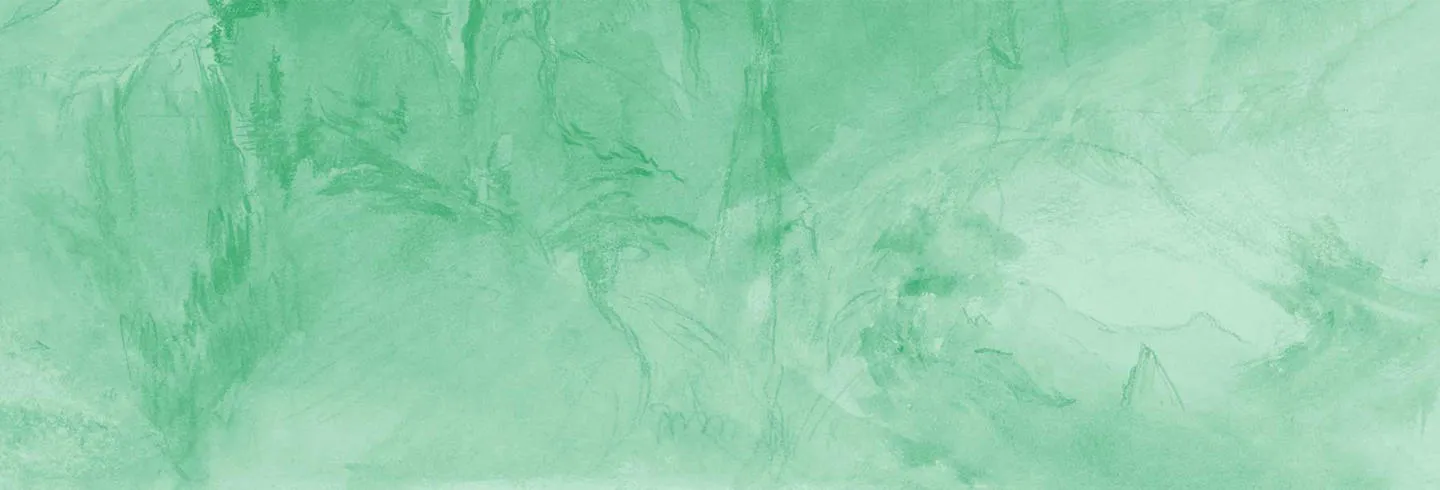
Midlands Art Papers
ISSN 2978-5715

An open-access online journal and collaborative curatorial programme between the University of Birmingham and 13 cultural partners which researches and showcases the outstanding works of art and design in public collections across the Midlands.







